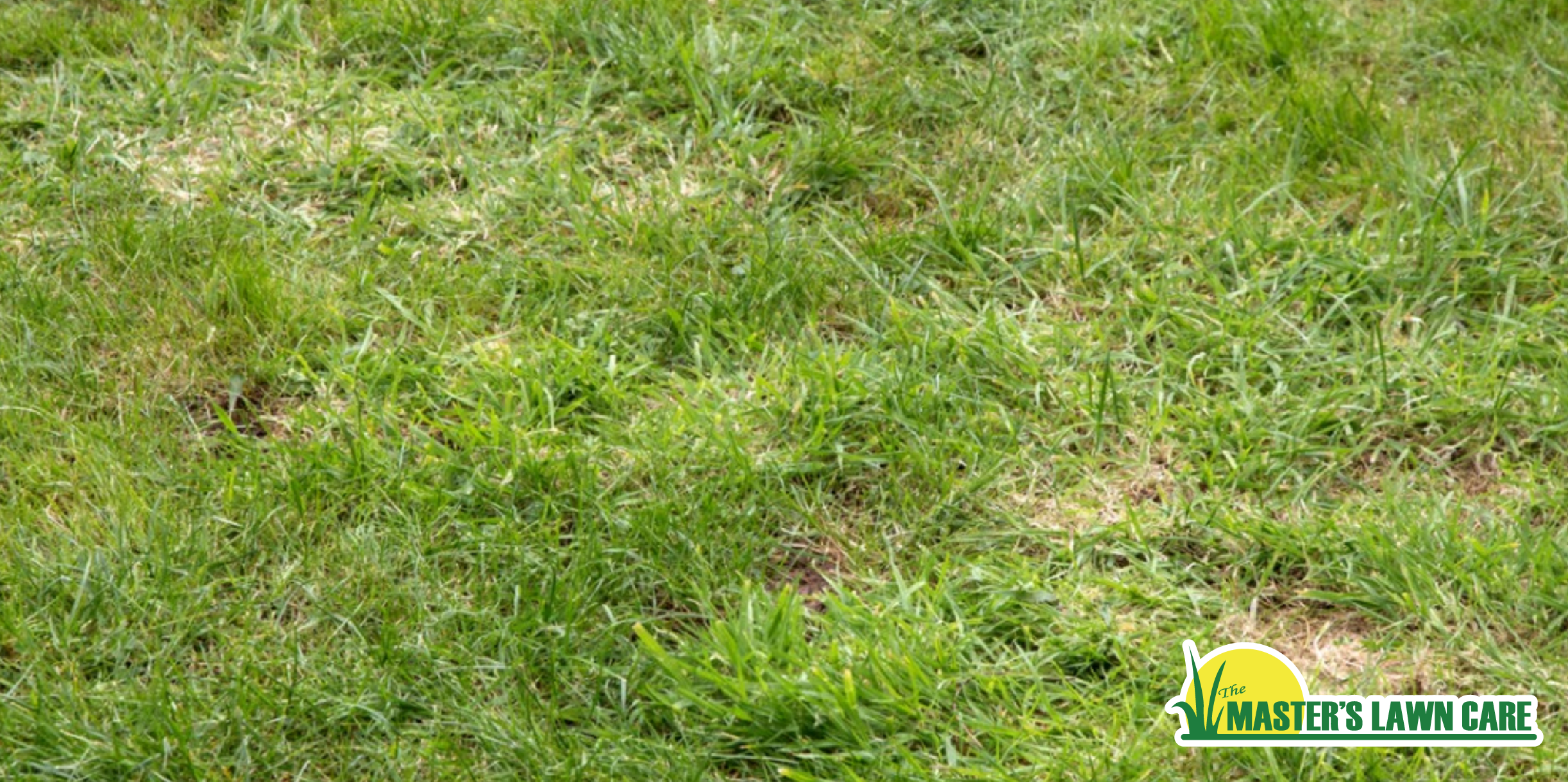If you are searching for a reputable lawn service near me, chances are you are getting lots of results. The problem can be how to choose the right service for your property needs. These tips can help you find a lawn care service that delivers a stellar lawn and landscape all year long.
Related: 4 Lawn Care Services to Consider This Year in the Silverleaf and World Golf Village, FL Areas
Tip #1
The first tip is to search for a customized care plan. Not only can this allow your lawn and landscape to thrive but it lets you choose which services work best for your needs.
Some homeowners like to have weekly mowing services throughout the year while others prefer to move to bi-weekly in the cooler season when the grass is not growing as much. Having a customized plan can allow you to enjoy your lawn and landscape while staying in your planned budget.
Tip #2
A second tip is to find a lawn care service with a team trained in horticulture. Most lawn services arrive and mow the lawn, blow away the clippings, and move on.
Choosing a lawn care service with horticultural care training means that your team will be evaluating the landscape beds for weeds and hand-pulling them. They can also see the invasive weeds like clover that need to have treatments to remove them from your lawn.
While you certainly want a freshly mowed lawn, you should also want to know that your lawn team is assessing the rest of the landscape for good health and making a plan to correct any problems they see.
Tip #3
Perennial plants, trees, and shrubs need pruning in the right season to deliver the best appearance in the spring, summer, and fall growth times. However, pruning can’t be haphazard and must be targeted to the plant type.
A trained lawn care team knows which trees and plants to prune at vital times so your landscape has the most pleasing, vibrant appearance. Many annual flowers need a pruning in mid-summer to give them a second bloom time in the early fall.
Knowing your lawn services include these tasks can let you relax, feeling secure that your property will always be in the best shape.
Tip #4
Lawn care means feeding the grass and plants and that is where fertilizer is essential to plant health. They can spread the right fertilizer ratio for your grass type to feed it in the early spring as the growing season begins and throughout the summer so it doesn’t fade in the heat.
Fertilizer is also crucial in the fall as the temperatures cool off and the grass has a final growing season before the winter.
Tip #5
Make sure you get a satisfaction guarantee. If you are like many homeowners, you might have been left high and dry with a less-than-acceptable lawn care service. A reputable service will offer a guarantee that you are satisfied with your lawn care or they will come out and make it right.
When a lawn service offers this type of guarantee, you can have confidence that they will do what they promise since their business is backed with consistently superior services. Their reputation matters and their lawn care teams ensure the highest standards are met.
Related: When Might a Lawn Service Near Me Recommend an Irrigation System in the St. Augustine, FL Area

